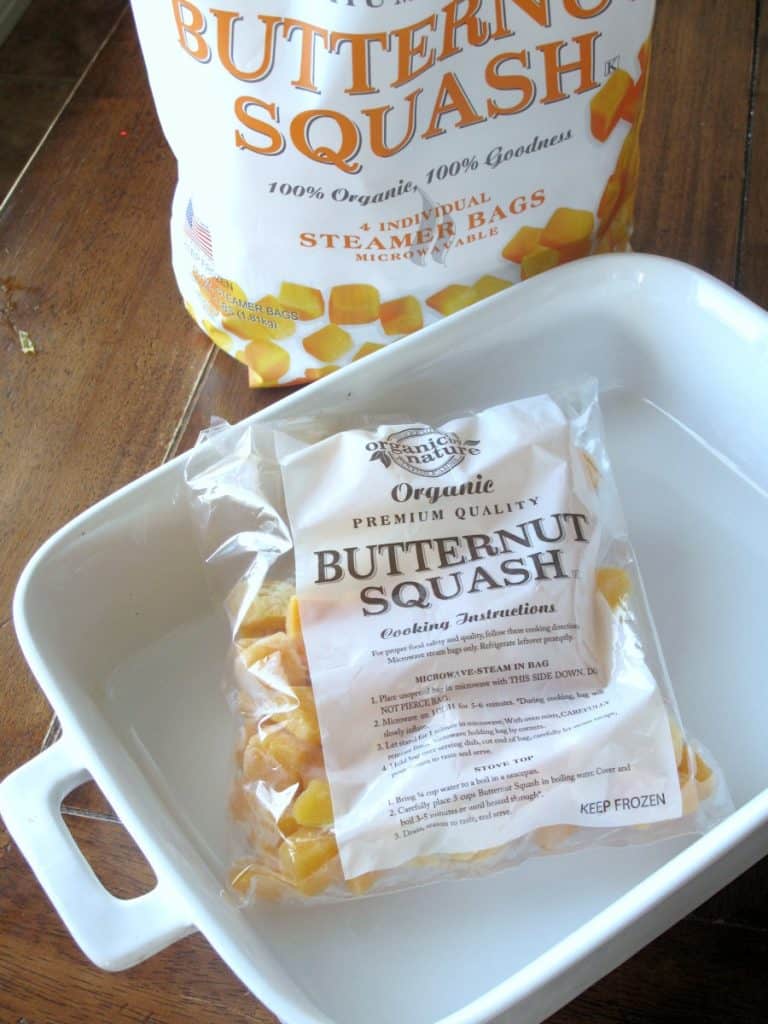How To Store Lard: The Best Ways To Store This Fat
Many, many years ago, before canola oil, vegan butter, and extra virgin olive oil became widely used around the world, lard was the cooking fat that people used a lot of. While lard has taken a backseat, there are still old-school chefs who prefer to use it.
And why not? Lard is a very versatile fat that you can use for frying chicken, making tamales and pie crusts.
If you happen to have lard in your kitchen, you might wonder how to store this pork fat. I will give you the many ways to extend the shelf life of lard.
What is lard?

Lard is rendered or unrendered pig fat. It can come from any part of the pig. It is widely used in British and Chinese cuisine. The British usually use it for minced pies as well as Christmas puddings.
In the old days, lard was like Nutella and butter. It was used as a spread on bread, particularly in North America and Europe. This was very much the case in places where vegetable oils were unheard of.
There are four types of lard. Unrendered lard is pork fat that was trimmed off the meat. It has the strongest flavor among the four lard types.
Rendered or filtered lard has a milder flavor than processed lard. It is characterized by an off white color.
Processed lard is made from pure pork part which was melted down and clarified. Leaf lard, on the other hand, is layered like leaves. This lard comes from the area near the kidneys and abdomen.
How to store lard?

You can store lard in the refrigerator or freezer if you want it to last for a long time. When stored in the fridge, it can last for six months. Freezing it can further extend its shelf life to three years.
The key is to keep the lard in a closed container, especially when placing the fat in the refrigerator. Lard has a tendency to absorb the flavors in the air, so I would suggest you store it in a jar with a lid or tightly wrap it.
How to freeze lard?

If you are planning to freeze lard, I suggest you wrap it in wax paper and then cover it with a foil. This should prevent the lard from getting exposed to the air.
You can also slice lard into small cubes and line them up in a baking sheet that has parchment paper. Place this in the freezer for 2 to 3 hours. Remove the baking sheet and pour the lard cubes in a freezer bag. You can then store the bag containing lard cubes in the freezer.
As I mentioned earlier, freezing lard can extend its storage life up to three years.
What makes lard different from the other foods is that you don’t have to thaw out or defrost it after removing it from the freezer. You can use frozen lard straight from the freezer.
You can let the lard sit on the counter for a few minutes if you find it too hard for your recipe. Simply toss it in the pan if you are to use it for frying.
But don’t freeze the lard that you just took out of the freezer. Defrosted lard should not be frozen again. You should use it within the next couple of days.
Can you store lard in the cupboard?

Yes, you can but I would not recommend it especially if you leave the lard uncovered.
Mice and insects love lard and these pests will surely feed on uncovered pork fat. You should store lard in a sealed container if you want to keep in in the cupboard. But expect lard to go rancid in less than a month if it is stored this way.
How to know that lard has spoiled?

The best way to determine is rancid lard is to smell it. Spoiled lard has a sour smell. If the lard that you stored in the cupboard or freezer smells that way, better throw it away. Of course, lard that was kept at room temperature will become spoiled faster than one that was frozen.
How do you use lard?

I find lard very ideal for frying because of its stability. It can tolerate temperatures of up to 400 degrees Fahrenheit.
You can also toss it in a pan to saute vegetables like carrots instead of butter. Or even in frying eggs.
You can also use it for making flaky pie crusts. It is preferred by bakers because of its mild flavor and moisture content.
Conclusion
Lard may no longer be as widely used as it was a century ago. But that doesn’t mean you won’t find it useful in the kitchen. And you can get the most out of lard when you properly store it.





